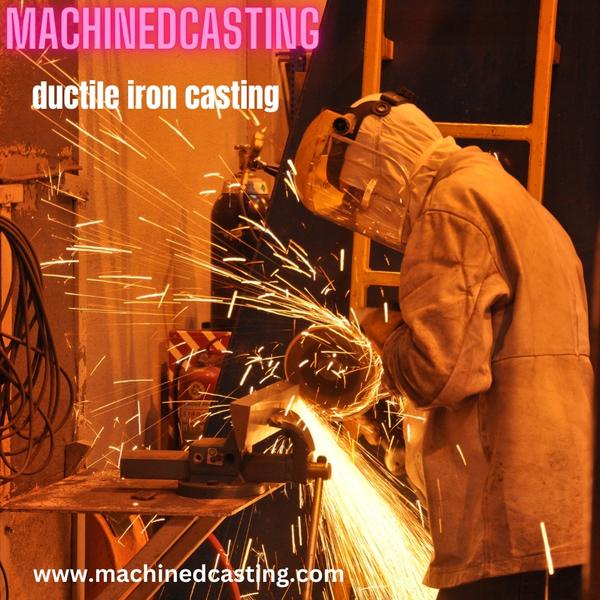Ductile iron casting stands as a cornerstone in the realm of metallurgy, blending the flexibility of wrought iron with the strength of cast iron. This unique material has found its place in diverse industries, from automotive to construction, owing to its exceptional properties and versatility. Mastering the art of ductile iron casting requires a deep understanding of its properties, the casting process, and the techniques to ensure high-quality production. In this comprehensive guide, we delve into the intricacies of ductile iron casting, providing insights and techniques to empower practitioners in this craft.
Understanding Ductile Iron: Ductile iron, also known as nodular cast iron or spheroidal graphite iron, owes its distinctive properties to its microstructure. Unlike conventional cast iron, which features graphite flakes, ductile iron contains spherical graphite nodules distributed throughout its matrix. This microstructure imparts remarkable ductility, toughness, and machinability to the material, making it an ideal choice for various applications demanding high strength and wear resistance.
The Casting Process: The process of ductile iron casting involves several critical stages, each demanding precision and expertise. Firstly, raw materials, including iron, scrap steel, and various alloying elements, are carefully selected and melted in a furnace. Once molten, the iron is treated with magnesium or other nodulizing agents to promote the formation of graphite nodules. The molten metal is then poured into molds, typically made of sand or metal, where it solidifies into the desired shape. Proper gating and risering designs are crucial to ensure uniform filling and prevent defects such as porosity and shrinkage.
Quality Control Measures: Ensuring the quality of ductile iron castings requires stringent quality control measures at every stage of the process. Advanced techniques such as non-destructive testing, dimensional inspection, and metallurgical analysis are employed to assess the integrity of castings and detect any defects. Additionally, adherence to industry standards and specifications, such as ASTM A536 and ISO 1083, is essential to guarantee the performance and reliability of the final product.
Optimizing Production Efficiency: To achieve optimal efficiency in ductile iron casting, practitioners must continually refine their processes and adopt innovative techniques. Utilizing computer-aided design (CAD) and simulation software enables engineers to optimize gating and risering systems, minimize material wastage, and predict casting defects before production. Furthermore, implementing automation and robotics streamlines repetitive tasks, enhances consistency, and reduces labor costs, thereby boosting overall productivity.
Environmental Considerations: As sustainability becomes increasingly important in manufacturing, addressing environmental concerns in ductile iron casting is paramount. Implementing energy-efficient furnaces, recycling scrap metal, and adopting cleaner production technologies help minimize carbon emissions and reduce environmental impact. Additionally, optimizing water usage and implementing proper waste management practices contribute to sustainable manufacturing practices while ensuring regulatory compliance.
Conclusion: Ductile iron casting embodies the perfect synergy of tradition and innovation, blending ancient metallurgical knowledge with modern manufacturing techniques. Mastery of this craft requires a deep appreciation for materials science, meticulous attention to detail, and a commitment to quality excellence. By embracing continuous learning and innovation, practitioners can unlock the full potential of ductile iron casting, paving the way for superior products and sustainable manufacturing practices in the years to come.


No comments yet